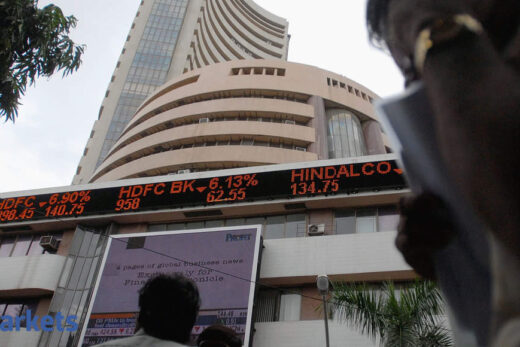Oil prices also dropped back from multi-year highs hit a day earlier, having been a major contributor to this week’s equities sell off, while U.S. benchmark Treasury yields and major currencies steadied amid the calmer mood.
MSCI’s broadest index of Asia-Pacific shares outside Japan rose 1.25% in early trade, regaining ground lost in recent days to be little changed on the week.
“Sharp increases in energy prices have clearly contributed to the latest leg up in bond yields, which has been accompanied by weakness in equity markets around the world,” analysts at Capital Economics wrote in a note.
As oil prices came off on Thursday, there were gains in share benchmarks in Korea up 1.3%, Australia up 0.64%, and Hong Kong up 2%.
Japan’s Nikkei rose 0.89%, and U.S. stock futures, the S&P 500 e-minis, gained 0.42%.
Chinese markets remained closed for a holiday.
U.S. crude dipped 0.34% to $77.17 a barrel, extending a fall from late on Wednesday after hitting a seven-year high of $79.78 earlier that day. Brent crude was steady at $81.04 per barrel, off its three -year high of $83.47 also hit on Wednesday. [O/R]
The falls followed an unexpected rise in U.S. crude stocks.
Gas prices also fell, a day after Russian leaders indicated that supply to Europe could increase, which contributed to a late rally on Wall Street after declines in European stock markets.
The Dow Jones Industrial Average rose 0.3%, the S&P 500
Worries the U.S. would default on its debt, have weighed on stocks along with the rising energy prices.
The next U.S. event in focus for global investors is payrolls data due Friday, with investors anticipating that a reasonable figure will mean the U.S. Federal Reserve will begin tapering its massive stimulus programme at its November meeting.
The dollar was steady, not too far from 12 month highs hit last month against a basket of currencies, and held at a 14 month high against the Euro.
The yield on benchmark 10-year Treasury notes was 1.5415% off from Wednesday’s three and a half month high of 1.573%.
“Sentiment and momentum are variable, causing shifting risk appetite,” wrote Westpac analysts of US rates.
“Price action is linked to equity market gyrations, a hawkish Fed outlook and fears of stagflation as oil surges and the politics around the debt ceiling threaten the domestic economy.”
Spot gold was little changed, trading at $1,761.89 per ounce.



